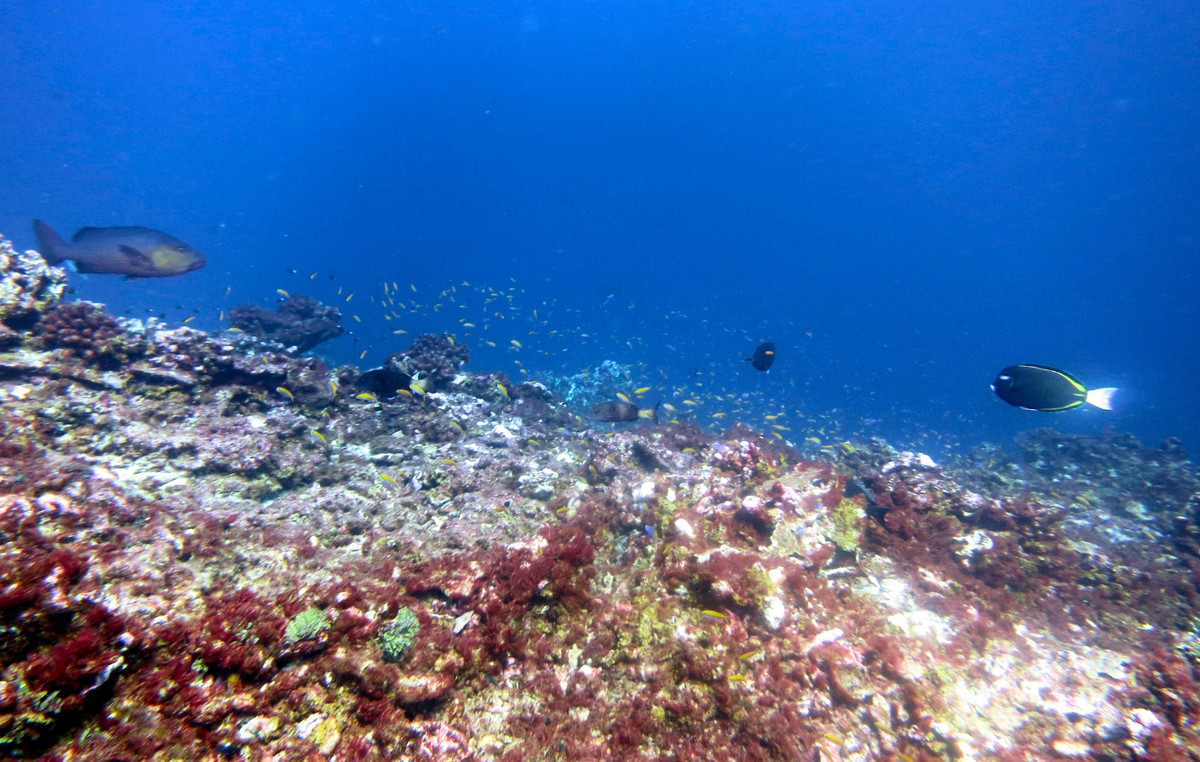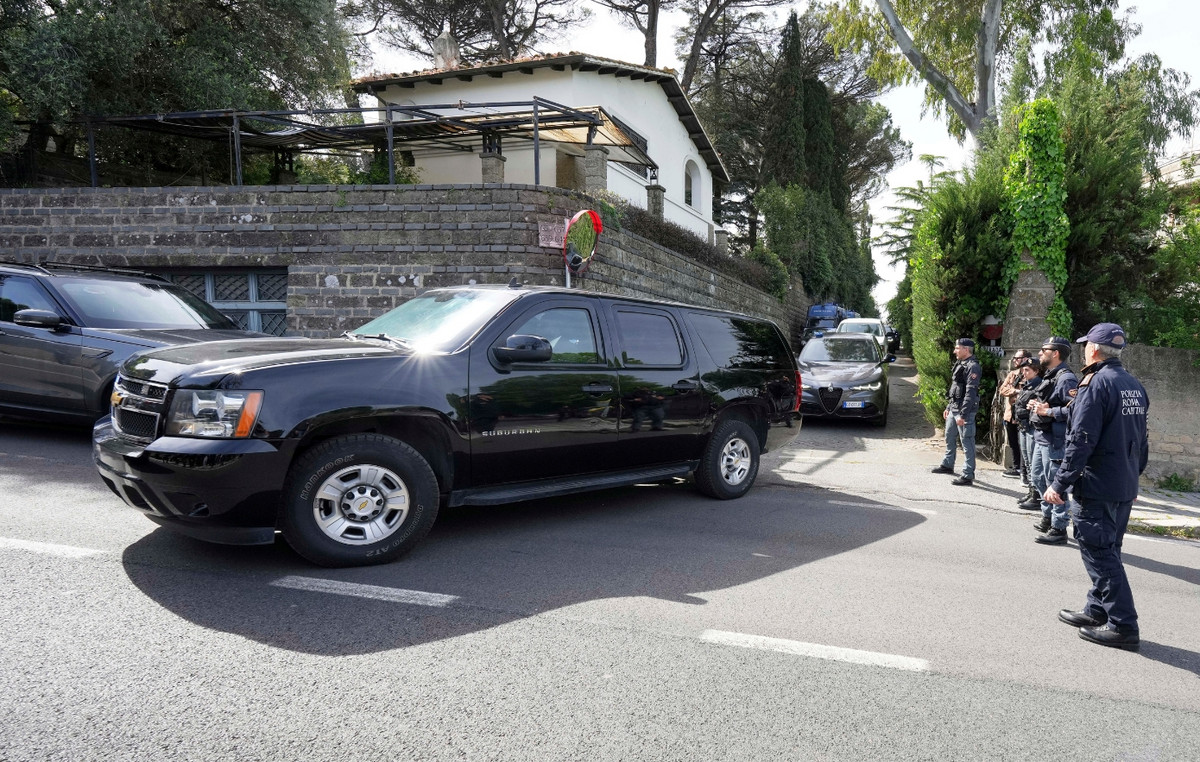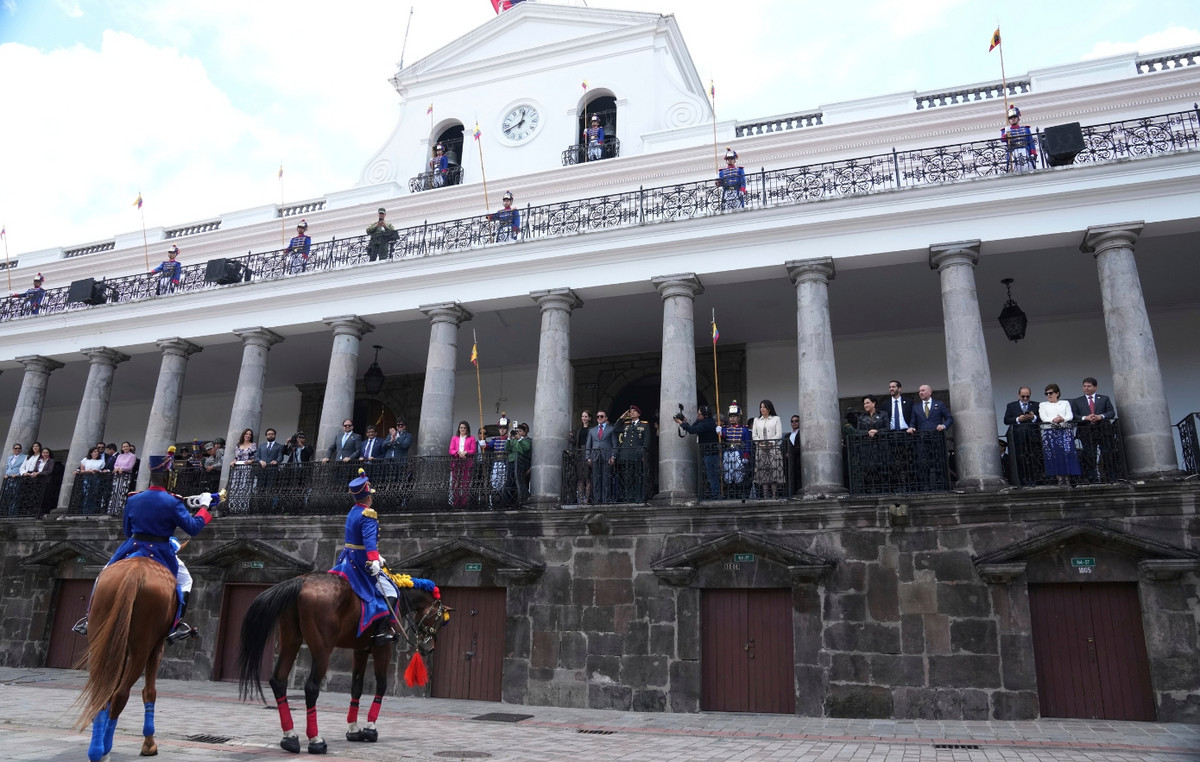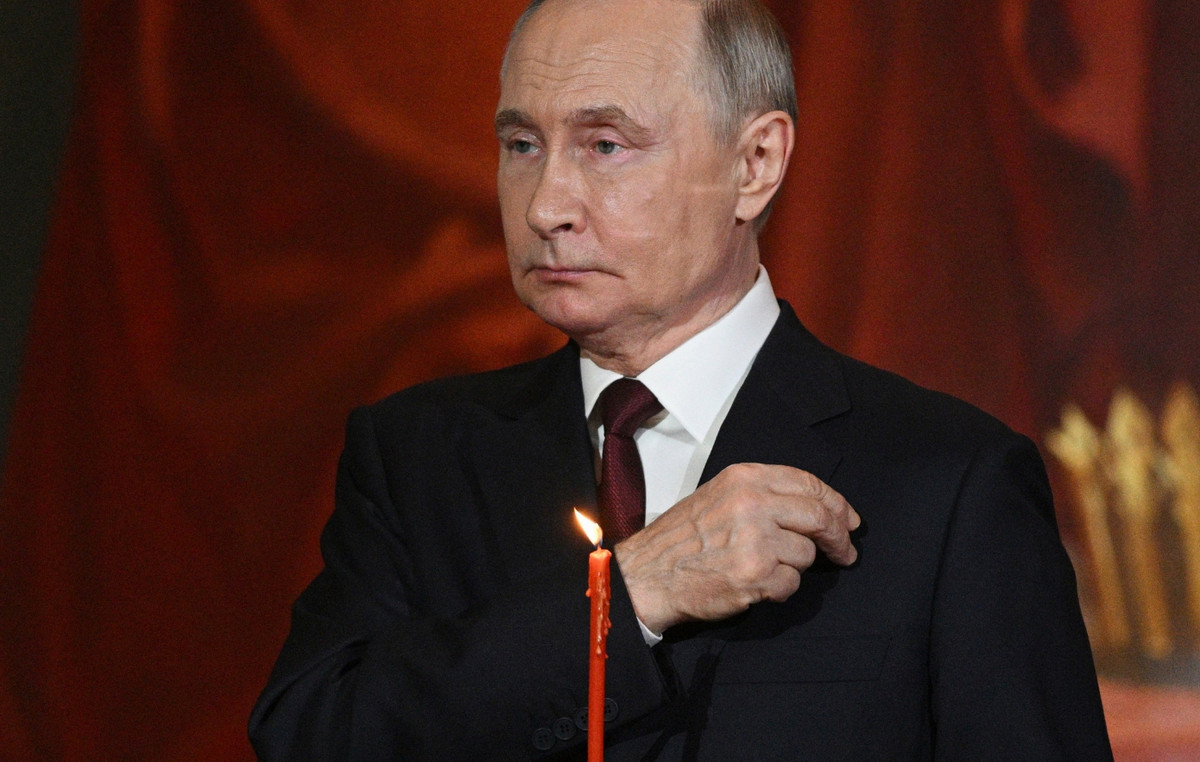Residents of the Itajobi Region (SP), a city located about 400 km from the state capital, reported having felt a land tremor at dawn last Thursday (16).
The seismic shake, of magnitude 3.4 mr, was recorded by the Brazilian seismographic network (RSBR), and analyzed by the Seismological Observatory of the University of Brasilia (UnB).
The platform “felt there?” From the USP Seismology Center, informs that the earthquake was felt in Itajobi, Catanduva, Pindorama and Marapoama, at 4:14 am (Brasília time). The page compiles some reports of residents of the region.
The first account reports that it was possible to feel a moderate tremor at 4:15 and that it still heard a “very strong noise.” Another record stated that, by the quake, there was a noise and that when he was sleeping, he felt the bed and the wall shake.
Already in Catanduva (SP), a user reported having felt “just a crash kind of” deaf “or” muffled “. “At the moment I woke up, but I didn’t worry. Only later talking to other people in my city I noticed it wasn’t just my backyard.”
“Everyone in the condominium were scared, besides the neighborhood and neighboring cities. It was the worst feeling I had. I’m still goose bumps,” says another report. One more person registered on the platform and wrote that he felt the windows trembled and heard a noise similar to thunder.
In Pindorama (SP), another netizen said that “the noise of doors and objects stirring woke up several people.”
According to the Brazilian Seismographic Network (RSBR), these small earthquakes are of natural origin and occur due to the release of efforts accumulated in the terrestrial crust. Cases like this are relatively common in Brazil.
Understand the Richter scale
Scientists use the “scale of magnitude of the moment” to categorize the strength and size of earthquakes in a more accurate way than the “Richter scale”, used a long time ago, says US geological service.
This scale of magnitude of the moment is based on the “seismic moment” of the earthquake, which explains how the earth’s crust moves in an earthquake, the size of the area along the crust fissure and the force needed to overcome friction in that place, along with the seismic waves that change creates.
The magnitude of the moment will be greater if there is more friction and displacement along a greater distance.
Seismic waves are measured by seismographers, which use a pendulum attached to a spring that moves with the earth’s tremor, generating a kind of graph called seismogram.
The magnitude is classified into 10 numbers, with each integer increase equal to 32 times more energy released.
Measuring the intensity of an earthquake
The intensity of an earthquake is measured using the “modified Mercalli scale” of intensity, or MMI.
It measures the force of an earthquake shaking in specific places around its epicenter – the point on the earth’s surface directly above the earthquake’s underground origin.
The MMI scale uses Roman numerals to determine the intensity of an earthquake based on structural damage assessments and observer reports.
It is important to consider intensity, since the terrain, depth, location and many other factors play a significant role in the devastation that an earthquake can cause.
* Under supervision
This content was originally published in “very strong noise”: see reports about land tremor in the interior of SP on the website CNN Brazil.
Source: CNN Brasil
I’m James Harper, a highly experienced and accomplished news writer for World Stock Market. I have been writing in the Politics section of the website for over five years, providing readers with up-to-date and insightful information about current events in politics. My work is widely read and respected by many industry professionals as well as laymen.







